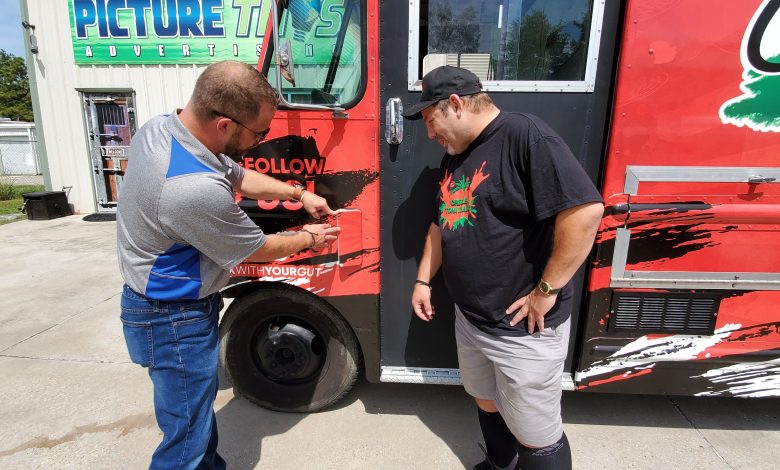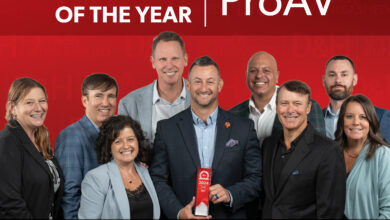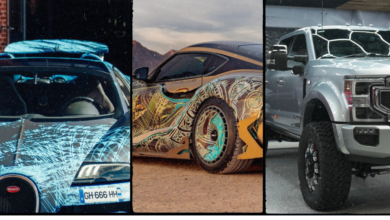Wrap Tip: Managing Customer Expectations
Solid communication with your customers will avoid problems and will make for happier clients.
Over the past 9-plus years our shop, like any customer service shop, has had its fair share of challenges and occasional client complaints. None bother us as much as when a client is unsatisfied with the work performed, especially when you take pride in your work and truly care about customer satisfaction.
While we have learned there are a few people you just cannot please regardless of what you do, that is certainly not the norm. Through my experience, the best way to help avoid challenges is through a little thing my wife has been telling me about for years-it’s called communication.
Taking the time to settle in and have a good chat with your new potential client can help tremendously. During this chat ask lots of questions, then listen to what it is they are in search of, how the wrap will be used, and what is most important to them. Some clients haven’t really thought of these details, yet others will give you more info than you ever expected. In either regard, it is always best to get as much info as possible.
During this exchange, it is best to take the time to explain the process of how your team would most likely execute the plan of action. Doing this, you can show your knowledge and communicate what challenges could arise and what should be considered reasonable expectations. This should include important info such as: install methods, vinyl seams, removal of autobody parts, types of material, life expectancy, associated costs, installation time, horizontal vs. vertical areas, any exposed areas where the paint will show through, etc.
We, ourselves, are 3M Preferred as well as a 3M Certified shop and recommend certifications to all shops that are serious about being a professional vinyl wrap installation provider. However, if you spend the proper amount of time to really listen and provide good feedback, customers will respond and have more trust in you and your expertise than can be provided by a stamped piece of fancy paper.
This can be especially helpful when you have a potential new client with a more difficult install like some particular cars (you know who you are, HHR). By explaining some of the basics in regard to the wrap-installation process and how the materials work, then the client can better understand and appreciate how you come to your dollar value for performing the work needed.
The same time and communication should be invested with every new client project, whether it is a full commercial wrap, spot graphics or color changes.
Like many of you, I’ve rolled my eyes at the thought of all the time that can be involved to really review all of these details and manage your customer’s expectations. Even a shop with a past of great customer satisfaction can benefit from spending more time managing expectations. The more you practice the process, the better you will be and the more categories of your life-such as employee and vendor expectations-can be better managed.
Once I’ve asked all my questions, listened, asked more questions, and really listened, then I explain what we do, the manner and why. I then am sure to close the conversation with this question-“Do you have any other questions I can possibly help with?” Nearly 95% of the time, the response is “No, I think you have covered everything.” This is exactly what I’m looking for: for them to realize and feel comfortable about entrusting my team to be a good fit.
We now try to offer much of this same information even when we respond to online wrap quote requests. When we send a quote out, we also are sure to provide them with a link to our FAQ page and urge them to contact us with any additional questions or concerns they may have.
It has been only a few months since we implemented these changes, but it has already been a big help in many key areas and overall has helped save us time by answering questions that preferably should be addressed early on. The more we practice these steps, the better we hope to help our clients.
People do business with people they like, and people like others who are honest and inform them of what they can honestly expect.








